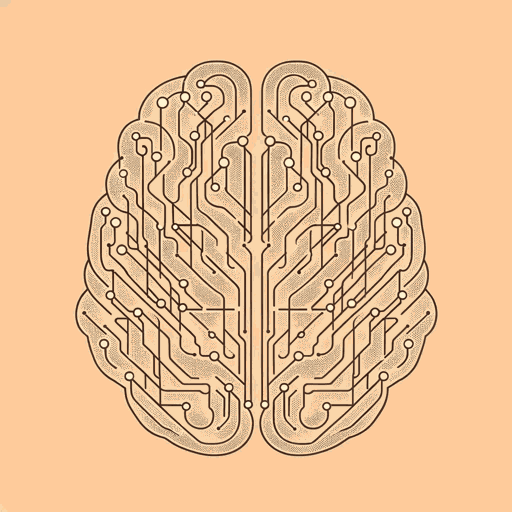48 pages • 1 hour read
Nicholas CarrThe Shallows: What the Internet Is Doing to Our Brains
Nonfiction | Book | Adult | Published in 2010A modern alternative to SparkNotes and CliffsNotes, SuperSummary offers high-quality Study Guides with detailed chapter summaries and analysis of major themes, characters, and more.
Chapter 10-AfterwordChapter Summaries & Analyses
Chapter 10 Summary: “A Thing Like Me”
In the 1960s, computer scientist Joseph Weizenbaum developed a program called ELIZA, which, using a set of rules about language, could engage in a conversation with a person based on that person’s own messages. The program was experimental, meant to illustrate Weizenbaum’s larger point that machines can seem magical until they are explained in “language sufficiently plain to induce understanding” (204). Instead, the program became popular; people who interacted with ELIZA claimed the program must have some form of intelligence, and psychologists suggested that ELIZA be used as a therapeutic tool to replace counselors. Weizenbaum, alarmed by the response, warned in his 1976 book Computer Power and Human Reason that the only way to avoid losing humanness to machines would be to “refuse to delegate to computers the most human of our mental activities and intellectual pursuits, particularly ‘tasks that demand wisdom’” (207-08). Carr returns to Marshall McLuhan’s book Understanding Media and explains how the human brain, when it uses a tool, relates to the tool as an extension of the body. As a result, tools “[numb] whatever part of the body they ‘amplify’” (210). Scientist Jason Mitchell’s research shows that humans have developed a mirroring instinct, empathy, that helps people form social groups but also leads humans to imbue inanimate objects with human characteristics, as in the case of ELIZA.
Featured Collections
Books & Literature
View Collection
Common Reads: Freshman Year Reading
View Collection
Memory
View Collection
New York Times Best Sellers
View Collection
Philosophy, Logic, & Ethics
View Collection
Popular Study Guides
View Collection
Pulitzer Prize Fiction Awardees &...
View Collection
Science & Nature
View Collection
Sociology
View Collection
The Future
View Collection


